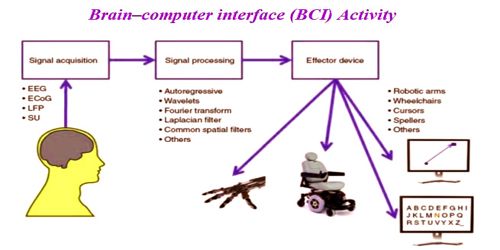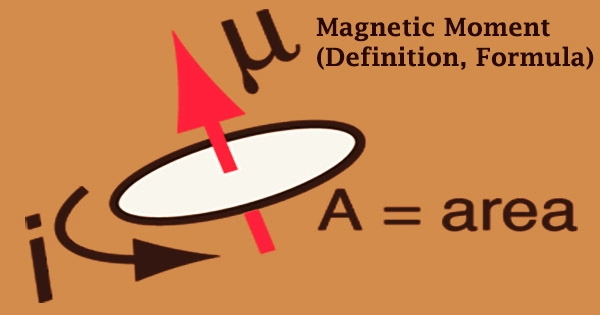Brain-computer interfaces (BCIs) acquire brain signals, analyze them, and translate them into commands that are relayed to output devices that carry out desired actions. It is a computer-based system that acquires brain signals, analyzes them, and translates them into commands that are relayed to an output device to carry out the desired action. BCI sometimes called a neural control interface (NCI), mind-machine interface (MMI), direct neural interface (DNI), or brain-machine interface (BMI), is a direct communication pathway between an enhanced or wired brain and an external device. It needs signal-acquisition hardware that is convenient, portable, safe, and able to function in all environments. The main goal of BCI is to replace or restore useful function to people disabled by neuromuscular disorders.
Brain-computer interface (BCI) technology is the focus of a rapidly growing research and development enterprise that is greatly exciting for scientists, engineers, clinicians, and the public in general.
BCI measure brain activity, extract features from that activity and convert those features into outputs that replace, restore, enhance, supplement, or improve human functions. BCIs are often directed at researching, mapping, assisting, augmenting, or repairing human cognitive or sensory-motor functions. This technology is the focus of a rapidly growing research and development enterprise that is greatly exciting for scientists, engineers, clinicians, and the public in general. Different techniques are used to measure brain activity for BCIs. These are devices that enable its users to interact with computers by means of brain-activity only, this activity is generally measured by ElectroEncephaloGraphy (EEG). Most BCIs have used electrical signals that are detected using electrodes placed invasively within or on the surface of the cortex, or noninvasively on the surface of the scalp (EEG).

Research on BCIs began in the 1970s at the University of California, Los Angeles (UCLA) under a grant from the National Science Foundation, followed by a contract from DARPA. The papers published after this research also mark the first appearance of the expression brain-computer interface in the scientific literature. These systems need to be validated in long-term studies of real-world use by people with severe disabilities, and effective and viable models for their widespread dissemination must be implemented.
BCI is a system that measures the activity of the central nervous system (CNS) and converts it into an artificial output that replaces, restores, enhances, supplements, or improves natural CNS output, and thereby changes the ongoing interactions between the CNS and its external or internal environment. Recently, studies in Human-computer interaction through the application of machine learning with statistical temporal features extracted from the frontal lobe, EEG brainwave data has shown high levels of success in classifying mental states (Relaxed, Neutral, Concentrating), mental-emotional states (Negative, Neutral, Positive) and thalamocortical dysrhythmia. Brain-computer interfaces may also prove useful for rehabilitation after stroke and for other disorders.
















